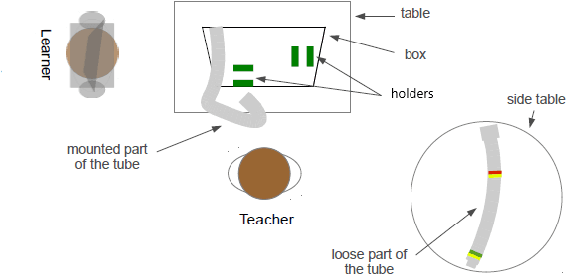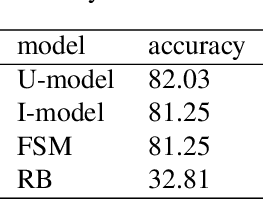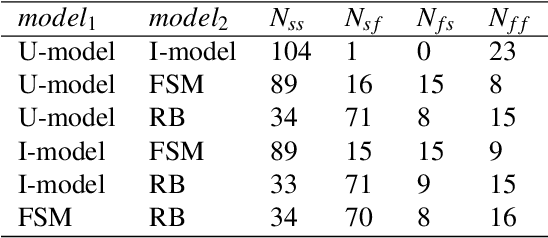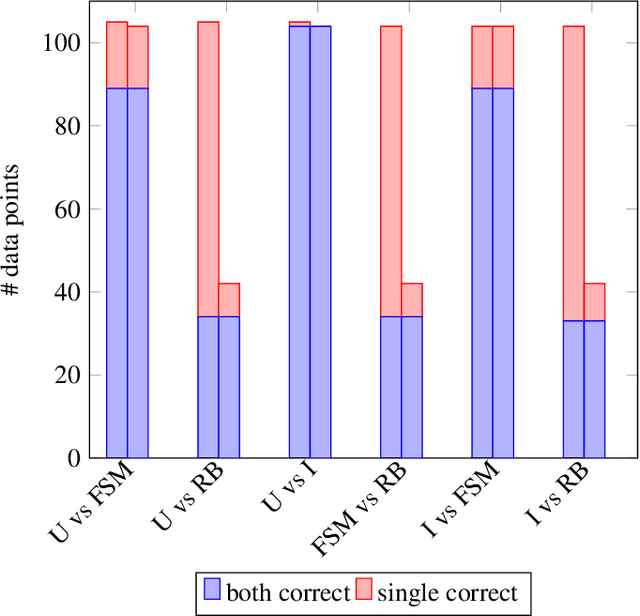Poulomi Pal
Toward Givenness Hierarchy Theoretic Natural Language Generation
Jul 17, 2020Abstract:Language-capable interactive robots participating in dialogues with human interlocutors must be able to naturally and efficiently communicate about the entities in their environment. A key aspect of such communication is the use of anaphoric language. The linguistic theory of the Givenness Hierarchy(GH) suggests that humans use anaphora based on the cognitive statuses their referents have in the minds of their interlocutors. In previous work, researchers presented GH-theoretic approaches to robot anaphora understanding. In this paper we describe how the GH might need to be used quite differently to facilitate robot anaphora generation.
Givenness Hierarchy Theoretic Cognitive Status Filtering
May 22, 2020



Abstract:For language-capable interactive robots to be effectively introduced into human society, they must be able to naturally and efficiently communicate about the objects, locations, and people found in human environments. An important aspect of natural language communication is the use of pronouns. Ac-cording to the linguistic theory of the Givenness Hierarchy(GH), humans use pronouns due to implicit assumptions about the cognitive statuses their referents have in the minds of their conversational partners. In previous work, Williams et al. presented the first computational implementation of the full GH for the purpose of robot language understanding, leveraging a set of rules informed by the GH literature. However, that approach was designed specifically for language understanding,oriented around GH-inspired memory structures used to assess what entities are candidate referents given a particular cognitive status. In contrast, language generation requires a model in which cognitive status can be assessed for a given entity. We present and compare two such models of cognitive status: a rule-based Finite State Machine model directly informed by the GH literature and a Cognitive Status Filter designed to more flexibly handle uncertainty. The models are demonstrated and evaluated using a silver-standard English subset of the OFAI Multimodal Task Description Corpus.
 Add to Chrome
Add to Chrome Add to Firefox
Add to Firefox Add to Edge
Add to Edge